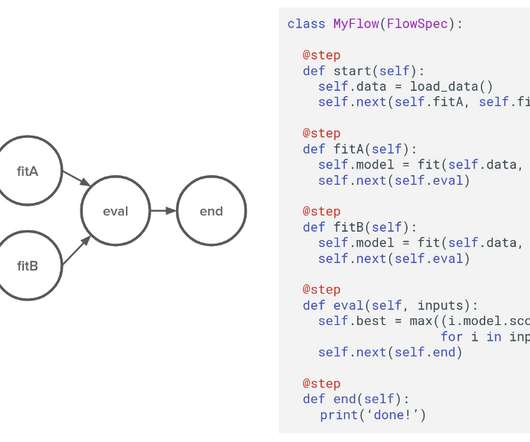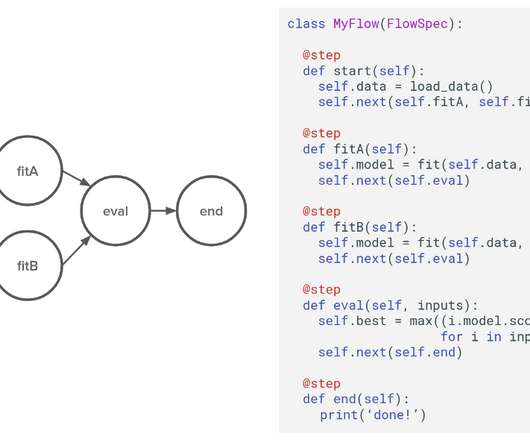MLOps and DevOps: Why Data Makes It Different
O'Reilly
OCTOBER 19, 2021
This is both frustrating for companies that would prefer making ML an ordinary, fuss-free value-generating function like software engineering, as well as exciting for vendors who see the opportunity to create buzz around a new category of enterprise software. The new category is often called MLOps. This approach is not novel.












Let's personalize your content